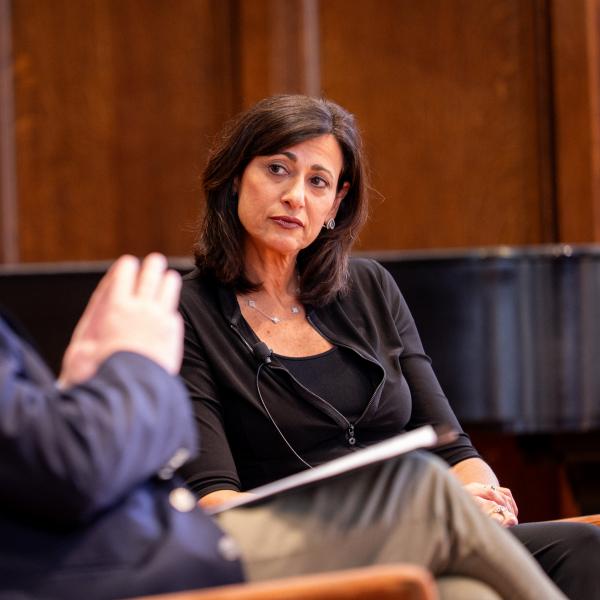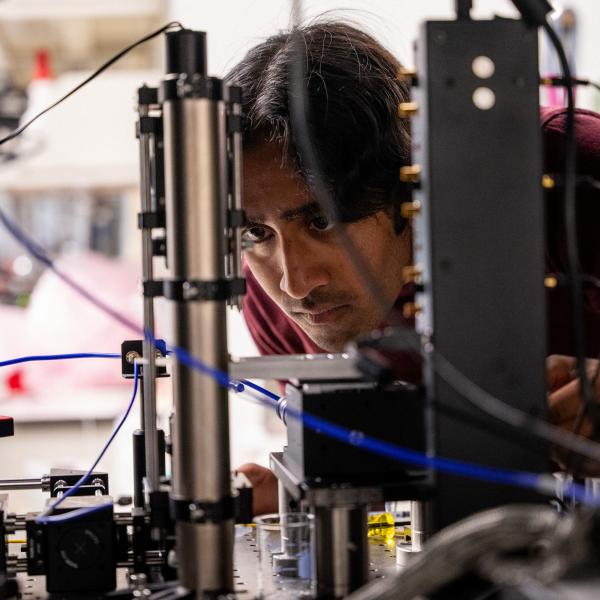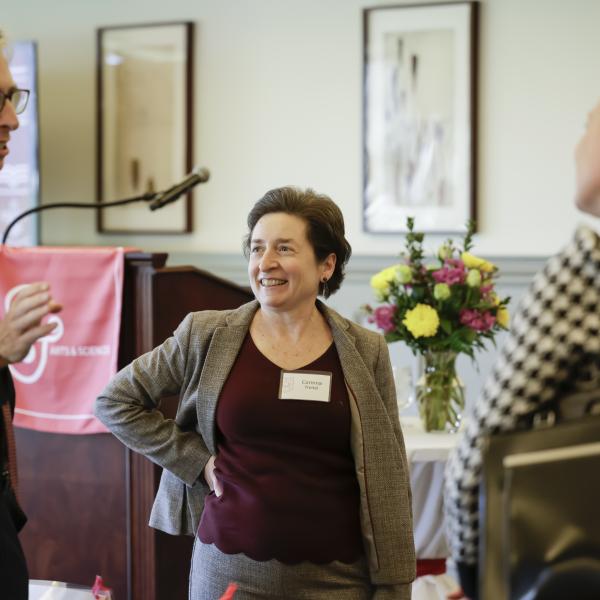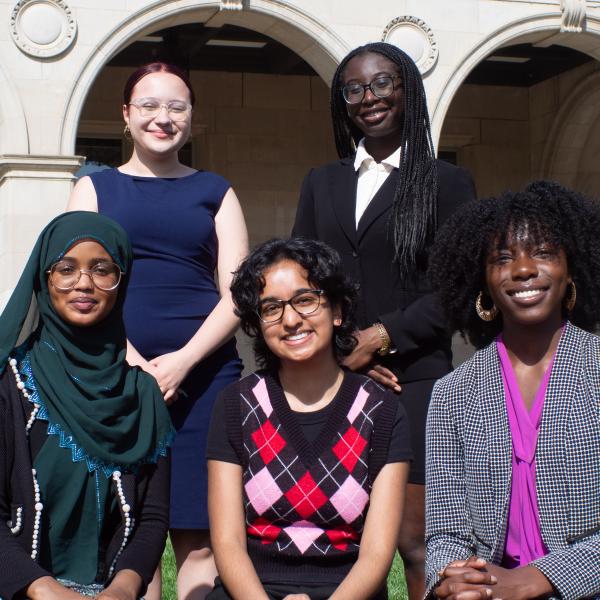Graduating senior Grace Myers reflects on her experience with CityDance.
For three years, graduating Arts & Sciences senior Grace Myers spent her Friday afternoons teaching dance at Messiah Lutheran Church in St. Louis. What started as an extracurricular outlet for Myers, who is majoring in anthropology and dance, became a space for creative development for her and her students.
“I didn’t realize how much my students were learning until one day they just started making their own dances,” Myers said. “We do that every week now, and they are using all of these concepts we’ve been talking about in class like negative space and counterbalance. I don’t know if I taught them something or if I just gave them the space to do what they would have already done.”
Myers is part of the Washington University student organization CityDance, which was founded in 2018 by Emily Duggins, AB ’18, as part of her senior project. CityDance has since developed into a vibrant organization that provides free dance lessons in collaboration with established after-school programs and community centers geared toward students from under-resourced neighborhoods and populations.
“As an anthropologist, I look at dance in terms of its roots in human evolution as a tool for social inclusion. I try to engage the humanistic element of dance, as opposed to its more abstract artistic elements.”
One of the central tenets of the CityDance program is student-led instruction. Instead of teaching techniques geared towards professional dance, Myers and her colleagues focus on community-building and creating a flexible environment for their students. In her classes, Myers finds ways to engage students with dance as a social and emotional outlet, supporting core parts of the human experience.
“As an anthropologist, I look at dance in terms of its roots in human evolution as a tool for social inclusion. I try to engage the humanistic element of dance, as opposed to its more abstract artistic elements,” Myers explained.
Dance provides people with an opportunity to regulate their emotional response to the world through movement, something that Myers sees evidence for in her weekly classes. Teaching dance, for her, has a public health element as well. It has helped her students develop their expressive capacity and learn co-regulative techniques, teaching students to understand and process their feelings.
Myers' classes feature up to 15 students ranging in age from 5 to 14. She says that creating a safe place for students to move freely and building a rapport with her students are essential to her teaching style.
“They will say funny things to me like, ‘Ms. Grace, you’re my favorite teacher,’ and I’ll say, ‘that’s because I’m only here once a week for an hour. So I don’t have to teach you anything. I just get to hang out with you.’ For me, it’s the most fun part of my week, working with them.”
Myers graduates this semester, but she plans to continue to work as a dance educator after WashU. She says that her time with CityDance solidified and prepared her for a career path that she was already focused on, merging the arts, academia, teaching, and community-centered work. It was the perfect fit for her passions and academic interests. After graduation, Myers will start a new job as the director’s fellow at Jacob’s Pillow, the largest dance festival in North America.
“I’ve always been very interested in using art as a mechanism for community-building and healing. The political and social responsibility of art has always been a passion of mine,” Myers said.



